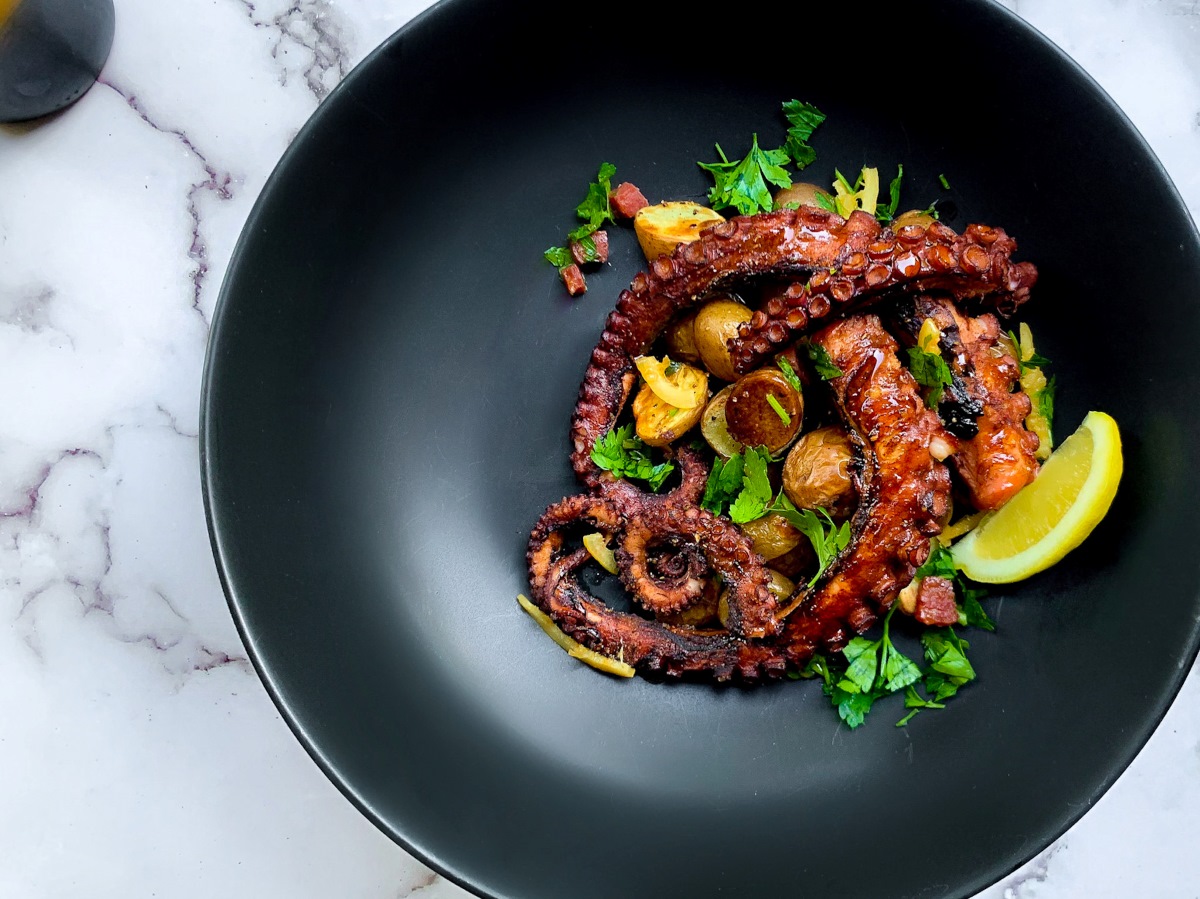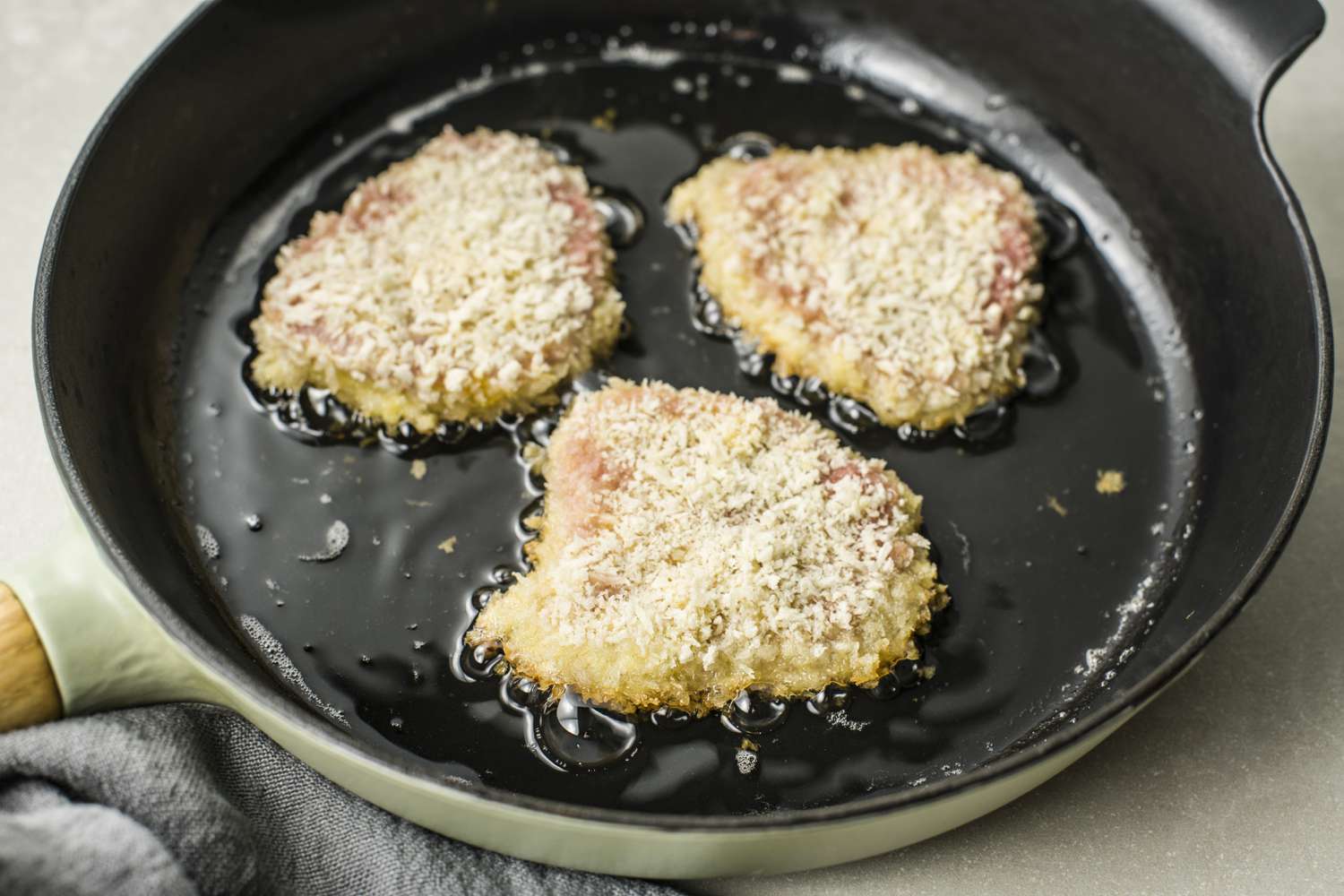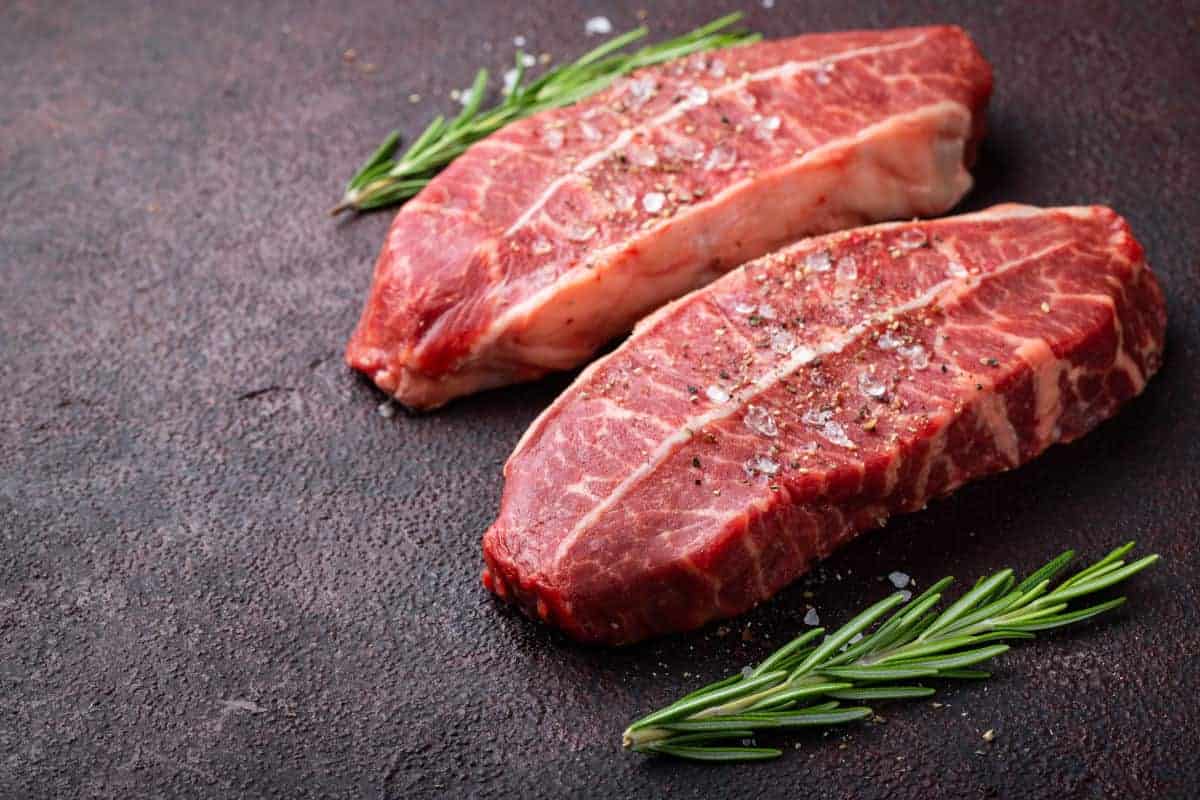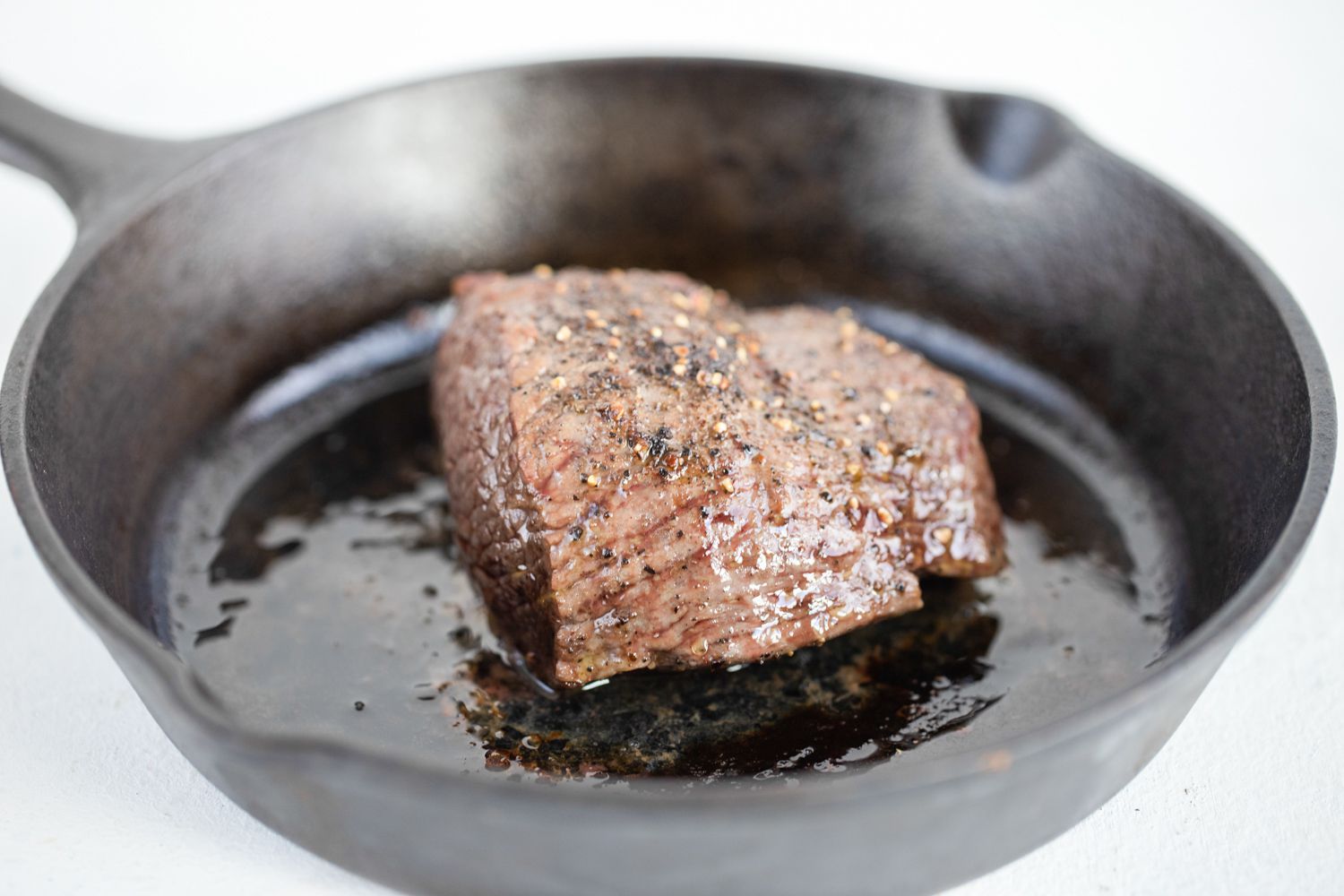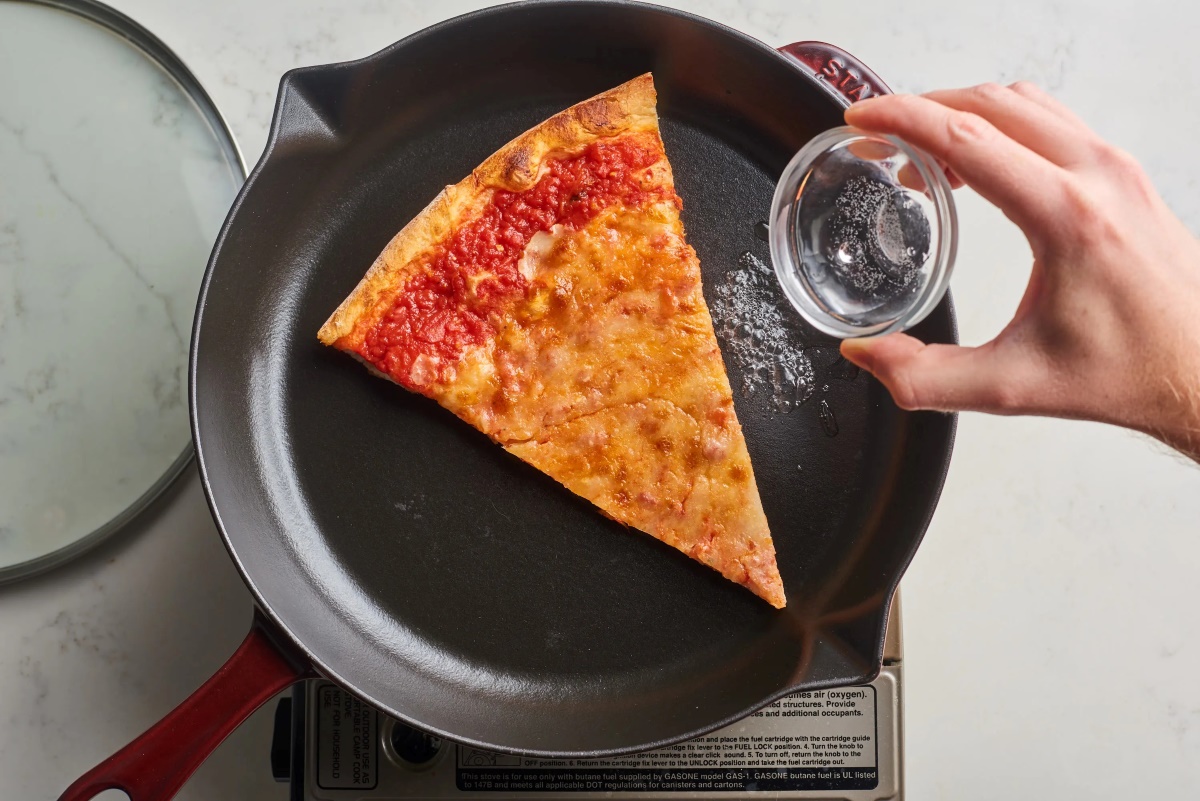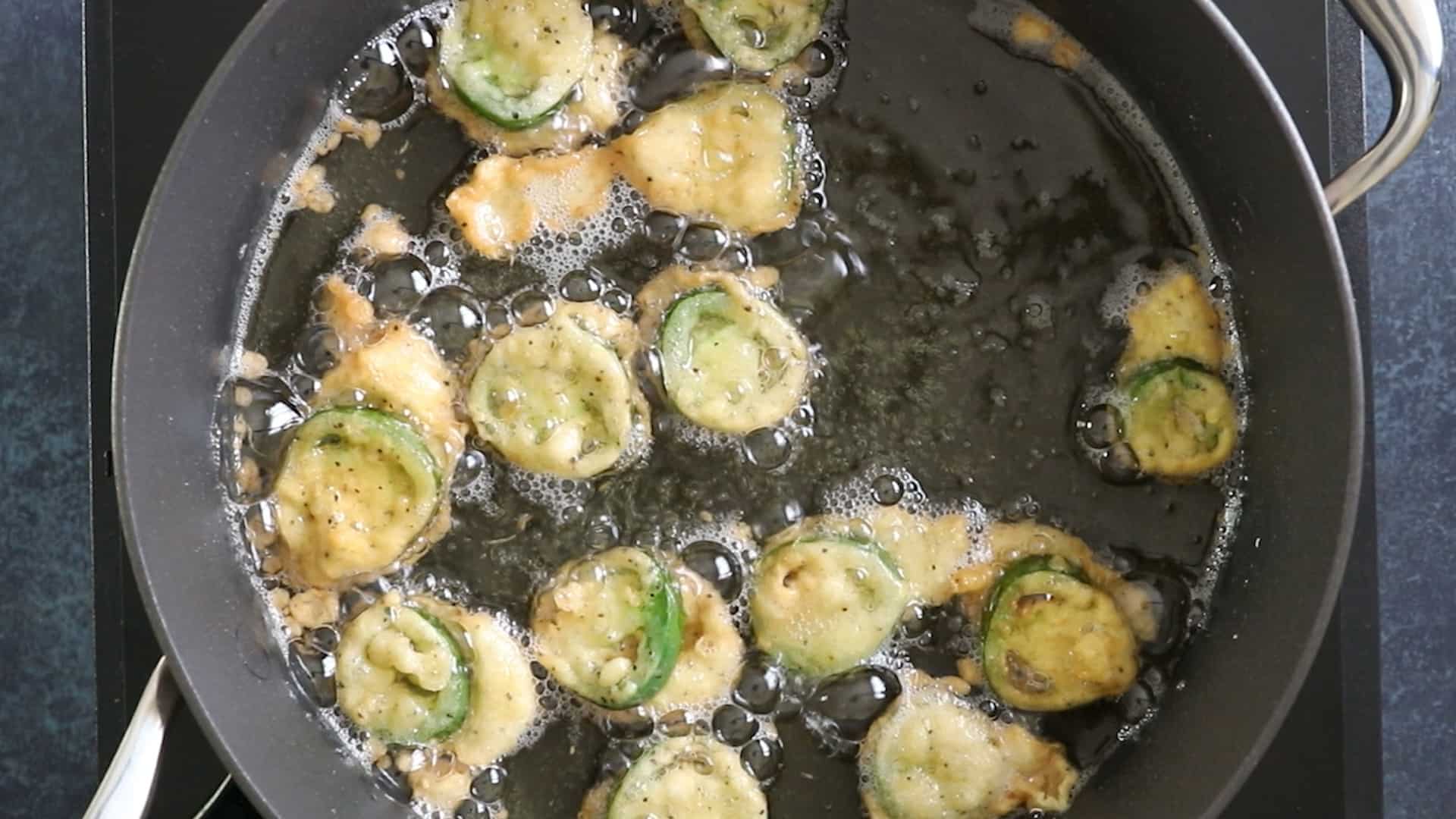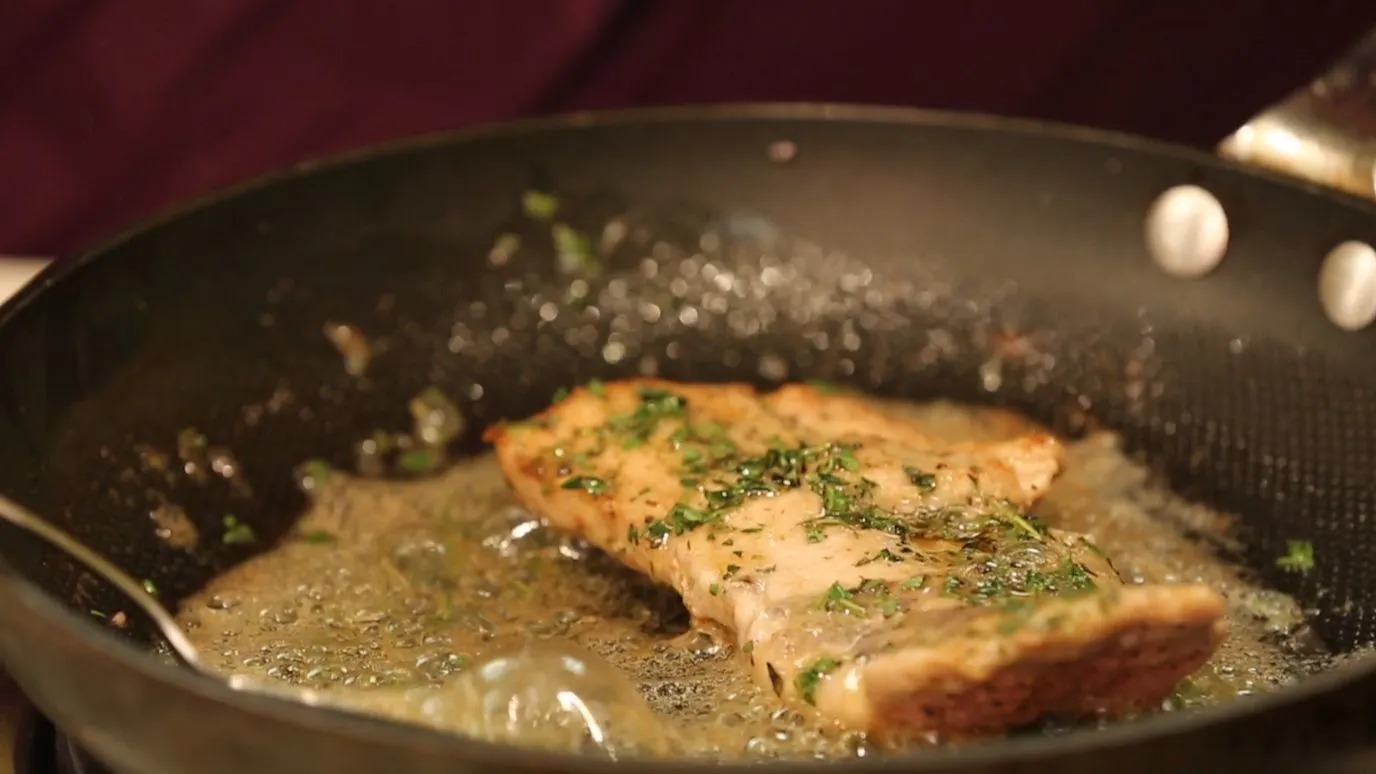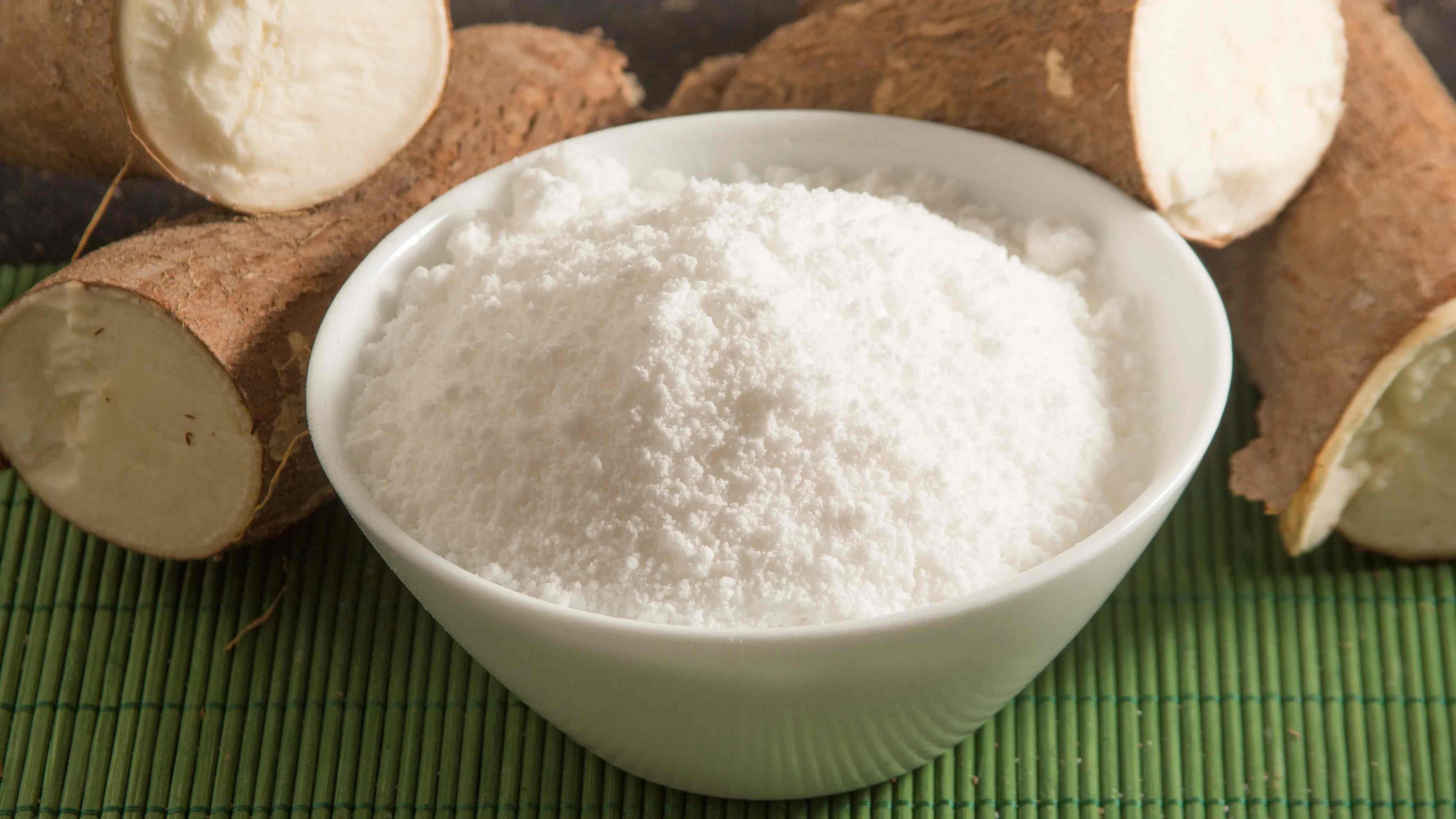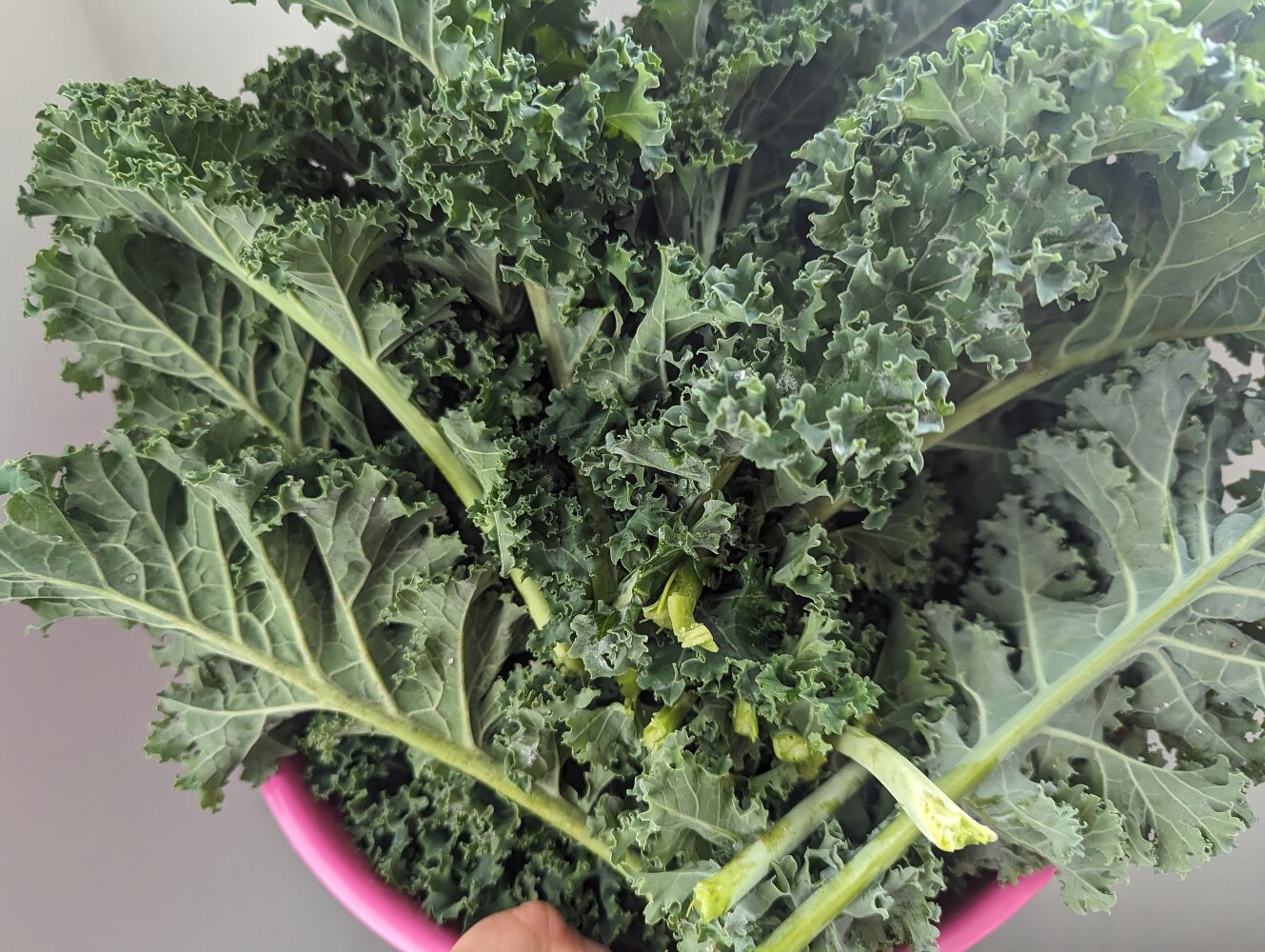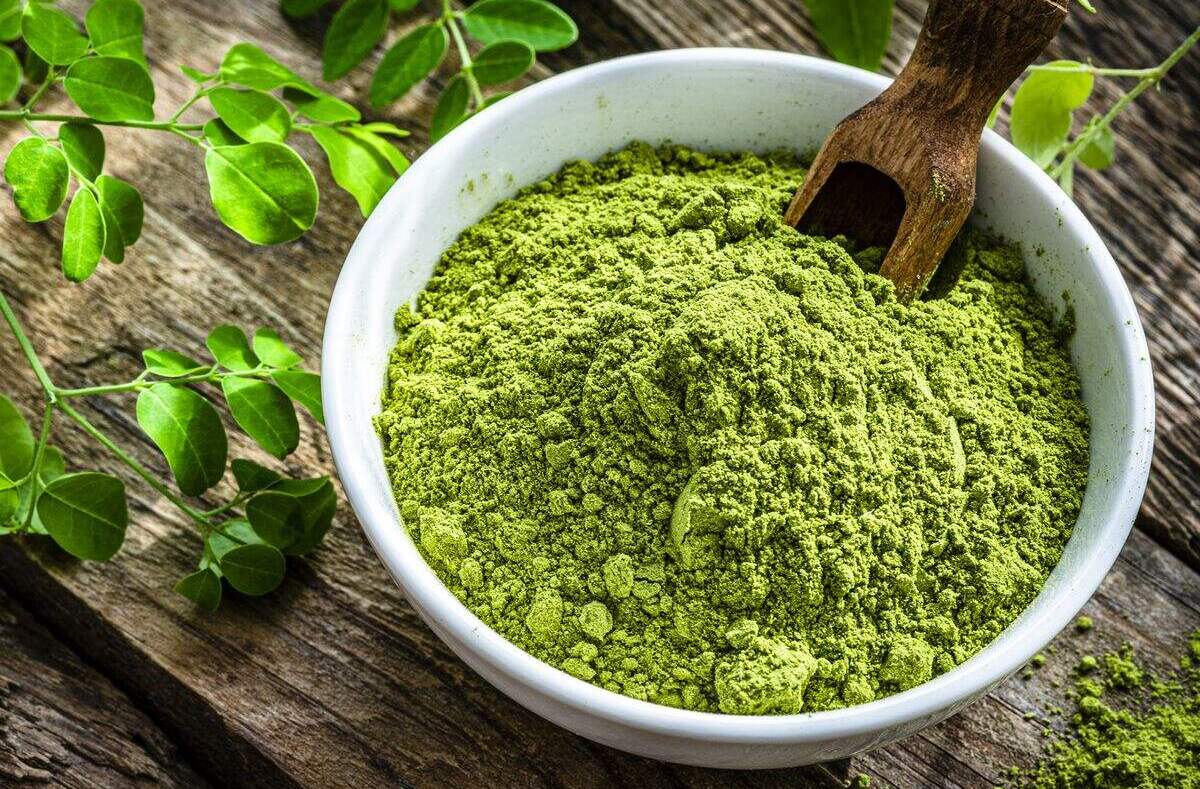Pan frying thin steaks is a quick, simple way to whip up a delicious meal, even for amateur chefs. This method brings out the rich flavors and tender textures of the meat, making it a favorite for steak enthusiasts. Whether you're aiming for a juicy, medium-rare finish or prefer your steak well-done, mastering the pan-frying technique is key. With just a few tips and the right tools, you'll be able to serve up perfectly cooked steaks that rival those of a professional kitchen. Let's dive into the essentials of pan frying thin steaks, ensuring your next meal is nothing short of spectacular.
Essential Ingredients for Perfect Pan-Fried Thin Steaks
- Thin steaks (such as sirloin tip or flank)
- Salt
- Black pepper
- Olive oil or butter
- Garlic cloves, minced
- Fresh herbs (optional, such as thyme or rosemary)
Must-Have Tools for Pan-Frying Thin Steaks
- Skillet (preferably cast iron for even heat distribution)
- Spatula (metal or heat-resistant silicone)
- Meat thermometer (for precise cooking)
- Tongs (for flipping the steaks)
- Paper towels (for patting the steaks dry)
- Plate (for resting the steaks before serving)
For pan-frying thin steaks, heat your skillet over medium-high. Season steaks lightly, cook each side for just 1-2 minutes for a perfect sear. Rest briefly before serving to retain juices.
The Art of Pan-Frying Thin Steaks: Why It Matters
Pan frying thin steaks is a quick, simple method that ensures juicy, flavorful meat with a delightful sear. This technique allows for precise control over cooking temperature, making it ideal for achieving that perfect level of doneness. Whether aiming for rare, medium, or well-done, pan frying caters to all preferences, enhancing the dining experience.
Using a skillet for thin steaks maximizes flavor by retaining juices and adding a caramelized crust. This method not only elevates the taste but also enriches the texture, providing a contrast between the crispy exterior and tender interior. It's an efficient way to cook, turning an everyday meal into a gourmet experience without the need for elaborate preparations.
Your Ultimate Guide to Pan-Frying Thin Steaks
-
Select your steaks: Opt for thin steaks, such as skirt, flank, or minute steaks, ensuring they are of even thickness for uniform cooking.
-
Prepare the steaks: Bring steaks to room temperature by letting them sit out for about 20 to 30 minutes before cooking. This step helps in achieving an even cook.
-
Season generously: Season both sides of the steaks with salt and pepper, or your choice of seasoning. Don't be shy; a good crust of seasoning adds flavor and texture.
-
Heat the pan: Place a heavy skillet or cast-iron pan over medium-high heat. Let it get hot; a properly heated pan is crucial for searing the steaks well.
-
Add oil: Once the pan is hot, add a thin layer of high-smoke-point oil, such as canola, vegetable, or grapeseed oil. Wait until the oil is shimmering but not smoking.
-
Place steaks in pan: Carefully lay the steaks in the pan, laying them away from you to avoid oil splatters. Avoid overcrowding; cook in batches if necessary.
-
Cook without moving: Let the steaks cook undisturbed for about 2-3 minutes. This allows a golden crust to form. Resist the urge to move them around.
-
Flip the steaks: Using tongs, flip the steaks over to cook the other side. If the steak sticks, give it more time. It will release when it's ready to be flipped.
-
Finish cooking: Cook for an additional 2-3 minutes on the other side for medium-rare. Adjust the time if you prefer your steak more or less done.
-
Add butter and aromatics (optional): In the last minute of cooking, add a tablespoon of butter, along with garlic, herbs, or spices of your choice, basting the steaks with the melted butter.
-
Rest the steaks: Transfer the steaks to a plate and let them rest for about 5 minutes. Resting allows the juices to redistribute throughout the steak, making it juicier.
-
Serve: After resting, serve the steaks immediately, slicing against the grain if applicable, for the best texture.
Mastering the Art of Pan-Frying Thin Steaks
Pan-frying thin steaks is an art that, once mastered, can elevate your culinary skills to new heights. With the right techniques, such as ensuring your steak is at room temperature, using a heavy skillet, and not overcrowding the pan, you're set for success. Remember, high heat and quick cooking times are crucial to achieving that perfect sear without overcooking. Seasoning plays a significant role too, adding depth and flavor to every bite. Don't forget to let those steaks rest before serving; it's a game-changer for juiciness. Whether you're cooking for a weeknight dinner or a special occasion, these tips will help you serve up delicious, perfectly cooked steaks every time. So, grab your skillet and get ready to impress with your pan-frying prowess.
All Your Questions About Pan-Frying Thin Steaks Answered
How do I choose the best thin steaks for pan-frying?
Look for steaks that are evenly cut, about 1/4 to 1/2 inch thick. Ribeye or sirloin are top picks due to their marbling and tenderness. Marbling means fat running through the meat, which melts during cooking, adding flavor and juiciness.
What's the ideal pan for frying these steaks?
Cast iron or heavy-bottomed stainless steel pans are your best bets. They distribute heat evenly, ensuring your steaks cook uniformly. Preheat your pan over medium-high heat before adding the steaks.
Should I season my steaks before cooking?
Absolutely! Salt and pepper go a long way. Season both sides generously right before cooking to enhance flavor. For an extra kick, consider adding garlic powder or a pinch of paprika.
How long should I cook thin steaks?
Since they're thin, they cook fast! Usually, 1-2 minutes per side for medium-rare. If you prefer them more cooked, go for 2-3 minutes per side. Use a timer to avoid overcooking.
Is flipping the steak more than once okay?
Flipping it once is usually enough to get a nice sear on both sides. However, if you're aiming for a specific doneness, flipping a few times can help cook the steak more evenly without burning the outside.
How do I know when my steak is done?
Use a meat thermometer for accuracy. For medium-rare, look for an internal temperature of 135°F. If you don't have a thermometer, press the steak with your finger. If it feels slightly springy, it's likely at medium-rare.
Can I add butter or oil to the pan?
Yes, a small amount of high-smoke-point oil like canola or vegetable oil is recommended. It prevents sticking and adds a nice crust. For extra flavor, add a tablespoon of butter towards the end of cooking and baste the steaks.
What should I do with the steaks after cooking?
Let them rest for a few minutes on a cutting board. This allows juices to redistribute, ensuring your steak is juicy and flavorful when you cut into it. Cover lightly with foil to keep them warm.
Was this page helpful?
Read Next: How To Pan Fry Marinated Steak
